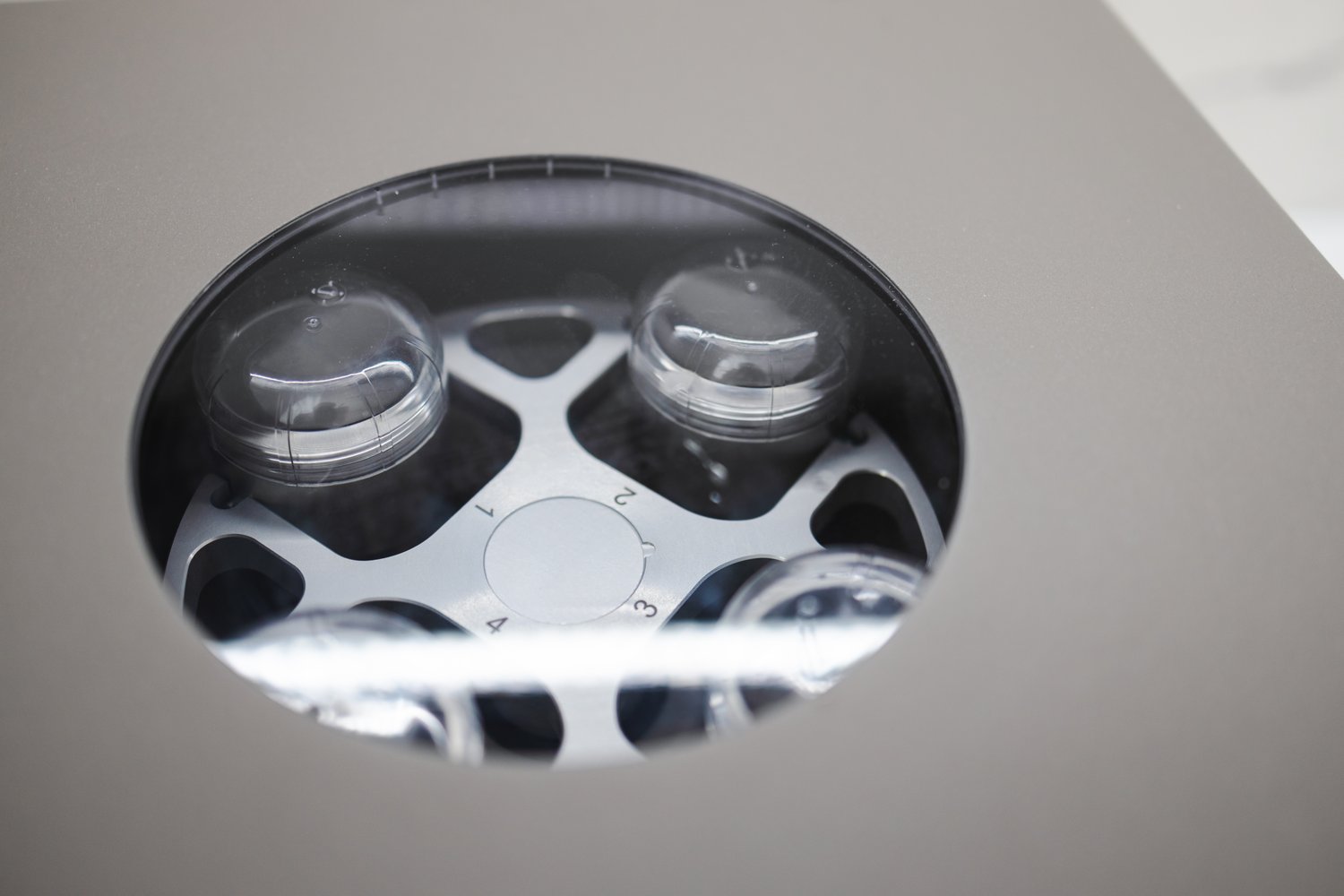Imagine stepping into a zen-like bathroom retreat, yet being greeted by the jarring sound of a noisy exhaust fan disrupting the peace. Annoying, right? The quest for a quieter, more comfortable bathroom environment begins with understanding the often-overlooked causes of this common household disturbance. Our exploration into bathroom exhaust fan noise solutions offers practical insights and actionable advice to turn chaos into calm.
- Discover why improper installation and worn mechanical parts cause those unsettling noises.
- Learn to identify the specific components contributing to the racket, arming you with targeted remedies.
- Explore effective noise reduction techniques, like using vibration dampening pads and motor lubrication, that transform your space into a serene oasis.
The journey to a noise-free bathroom starts here, providing you with the essential strategies needed to reclaim tranquility and elevate the comfort in your home. Dive into the full article to unveil these well-crafted solutions.
Understanding the Root Causes of Bathroom Exhaust Fan Noise Solutions
Bathroom exhaust fans are essential for maintaining good air quality and preventing moisture buildup. However, many homeowners experience the frustration of a noisy exhaust fan, which can disrupt the tranquility of their bathroom experience.
Several factors contribute to this common problem. One primary reason is incorrect installation. If a fan is not mounted securely, it can vibrate against the ceiling, causing unwanted noise. Additionally, using inappropriate mounting materials can amplify these sounds.
Another significant cause is the age and wear of mechanical components. With time, the fan motor and blades might wear down, leading to imbalanced or bent blades which result in noise. Accumulated dirt and debris can also exacerbate this situation, adding strain to the motor and further increasing noise levels.
Recognizing these key causes is the first step in developing effective bathroom exhaust fan noise solutions, helping you decide whether a simple fix or complete replacement is needed.
Inspecting the Fan for Source of Noise
To effectively implement bathroom exhaust fan noise solutions, it’s crucial to inspect the fan and identify what might be causing the excess sound. Begin by turning off the power to the fan, ensuring safety during the inspection.
Once the fan is safely deactivated, examine the visible components. Check for loose screws or mounting brackets that may cause the fan to vibrate. Tightening these can often reduce noise considerably.
Next, inspect the fan blades and motor. Look for signs of wear and tear, such as bent blades or a motor that may need lubrication. Remove any accumulated dust or debris that might hinder the fan’s operation.
If after this inspection, the source of the noise isn’t obvious, it may be beneficial to consult a professional to assess if a component needs replacement. Addressing these potential issues can significantly contribute to quieter bathroom exhaust fan operation.
Effective Methods for Implementing Bathroom Exhaust Fan Noise Solutions
Reducing the noise of a bathroom exhaust fan is crucial for achieving a peaceful and comfortable environment. Understanding the right techniques and tools can make a significant difference. With the following practical methods, you’ll be on your way to a quieter bathroom sanctuary.
One popular approach involves the use of vibration dampening pads. These pads are designed to absorb vibrations and prevent them from transmitting to other structures. Simply place them between the fan’s mounting bracket and the ceiling. This can significantly minimize noise generated by vibrations.
Another effective strategy is to lubricate the motor of your exhaust fan. Over time, the motor may become dry, causing it to operate noisily. Applying a suitable lubricant can help the motor run smoothly, reducing noise levels. Be sure to use a lubricant recommended by the fan manufacturer to avoid potential damage.
Consider replacing the existing fan with a quieter model. Modern exhaust fans are designed with noise reduction in mind, featuring insulated motors and optimized airflow paths. This investment can lead to a dramatic decrease in ambient noise in your bathroom.
Also, ensure that the fan is clean and well-maintained. Dust and debris can accumulate in the fan, leading to increased noise. Regularly clean the fan blades and housing to keep it operating efficiently. Clean components are less likely to create noisy vibrations.
Finally, double-check your fan’s installation. Ensure that it is securely mounted, as loose installation can result in unnecessary noise. If you find that installation issues are causing increased sound, consider consulting a professional to adjust or reinstall the fan properly.
By incorporating these methods, you can drastically reduce or even eliminate the noise from your bathroom exhaust fan. A quieter fan enhances the overall comfort of your bathroom, making it a more pleasant space for relaxation. Start experimenting with these techniques today for an immediate improvement.
Frequently Asked Questions about Bathroom Exhaust Fan Noise Solutions
Why is my bathroom exhaust fan so noisy?
Noise in exhaust fans often comes from loose components, worn-out parts, or improper installation.
How can I determine the cause of the noise?
Inspect the fan for loose screws, worn bearings, or dirt buildup. These are common culprits of excess noise.
What tools are useful for fixing a noisy exhaust fan?
- Screwdriver
- Lubricant
- Vibration dampening pads
Can I fix the noise myself, or do I need a professional?
Simple fixes like tightening screws or cleaning can be done DIY. Hire a professional for complex repairs or replacements.
What are vibration dampening pads?
These are materials used to absorb vibrations that cause noise, reducing fan sound effectively.





